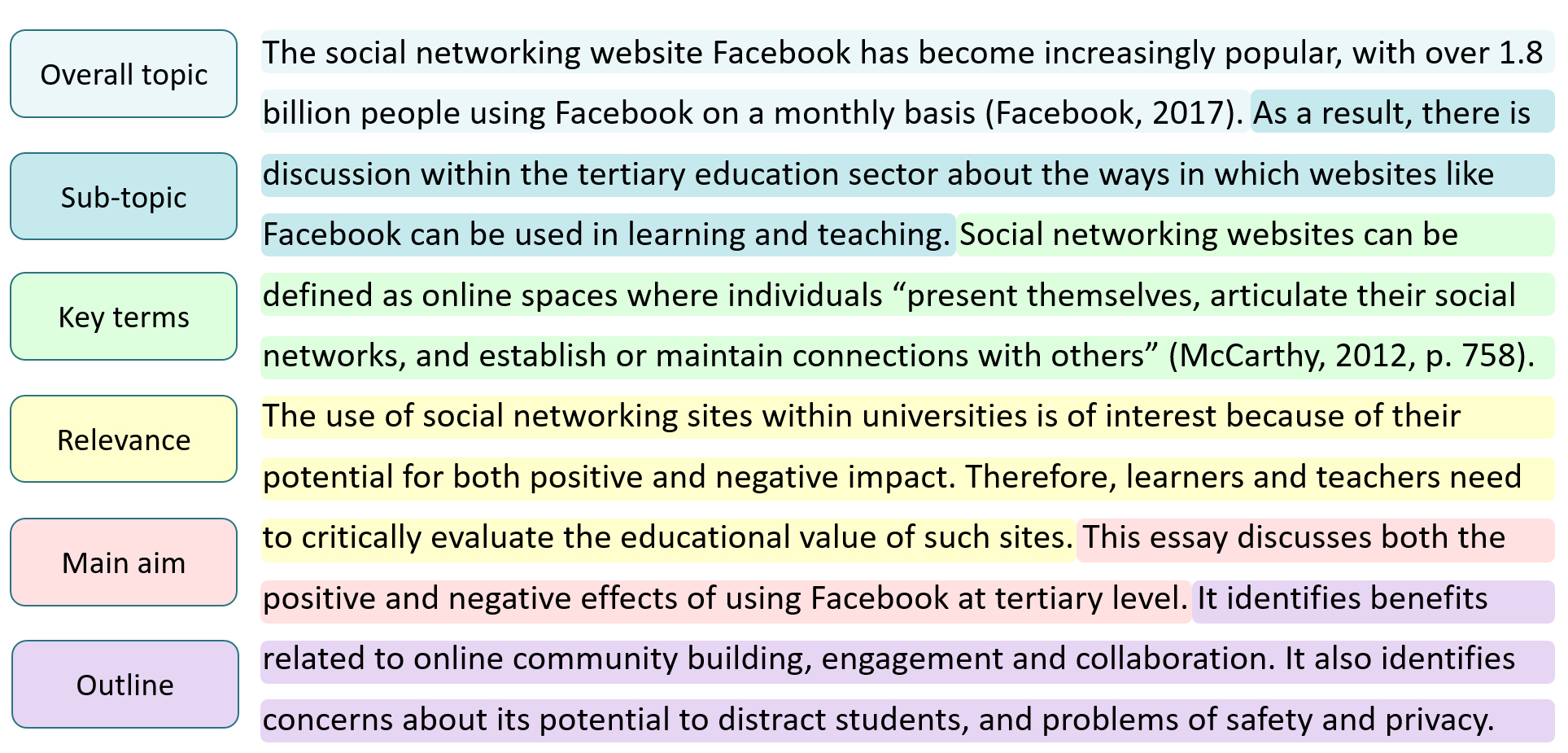There are several parts to an essay introduction, and the most important part is the thesis statement. Good thesis statements contain evidence and an explanation to back them up. Their goal is to clearly convey the author’s position in a debate, or central point on the topic. In addition to a thesis statement, a longer essay should also conclude with a signposting statement that shows what the rest of the essay will cover. For shorter essays, the conclusion should provide direction and a concise summary.
Hook
The first line of an essay is crucial. It must catch the reader’s attention and make them want to read the rest of the essay. Attention spans are getting shorter, so if you can hook the reader’s interest with a compelling first line, it will make your work that much more persuasive. Read on to discover some tips on how to hook an essay introduction. This short paragraph should give the reader an idea of the essay’s overall topic and questions.
Use a metaphor or simile to create a hook statement that appeals to the senses. By using a metaphor or simile, you can capture the reader’s interest and cause them to rethink their stance. For example, if you compare the structure of Apple to a well-organized kitchen, you’re likely to engage the reader’s visual senses and draw them in. You can also use a similar analogy to describe the structure of Apple, which has a successful and well-ordered layout.
Context
The essay introduction sets the stage for the rest of the essay and should answer the reader’s main questions. Often the definitions are established after the introduction, and the thesis statement is the central component of the introduction. A breakdown of the essay structure and organisation can follow, but the order should be adjusted to suit the topic. Here’s a guide to writing an effective introduction. Adapt the order to suit your purpose.
The introduction should also include a thesis statement, which states your overall argument. A good thesis includes evidence and an explanation to back up your claim. The main aim of the thesis is to clearly state your position in the debate or central point on the topic. An essay should end with a thesis statement that identifies what will be covered in each section. Likewise, a short essay should conclude with a concise summary of the whole essay and a clear direction.
Thesis statement
Your thesis statement should be one or two sentences in length. Using a thesis statement generator will make the task easier. A strong thesis statement is an essential marker of good academic writing, as it will aid the logic of your paper. Make sure your statement outlines the central idea of your paper, yet remains concise. A thesis statement that is too long or too vague will not be compelling to read. Using a thesis statement generator can help you write a strong thesis statement that communicates your paper’s main idea to the reader.
A thesis statement establishes the topic of your essay, focuses your reader’s attention, and sets a tone for the paper. An effective thesis statement establishes the point of view of your paper for a given audience and purpose. It should not be a simple factual statement, nor should it be a strong, personal opinion. A thesis statement should also be short, and should be no more than one sentence.
Transition
A good transition is a word or phrase used to link ideas. Whether the transition is used between two different ideas or between the thesis and supporting ideas, it highlights the relationship between them. There are many different types of transition words and phrases. Depending on the type of essay, the transition used should accomplish various tasks. To avoid using the wrong transition, make sure to know the different types and the importance of a transition word or phrase.
A good transition sentence or phrase emphasizes a connection between the topic sentence and the previous paragraph. For example, if the topic sentence is “my grandmother smoked cigarettes for over 50 years. When she was in her 60s, she developed lung cancer,” the transition phrase would be “as a result of smoking cigarettes.” The “as a result” phrase indicates that the long-term effects of smoking cigarettes led to the development of lung cancer.

